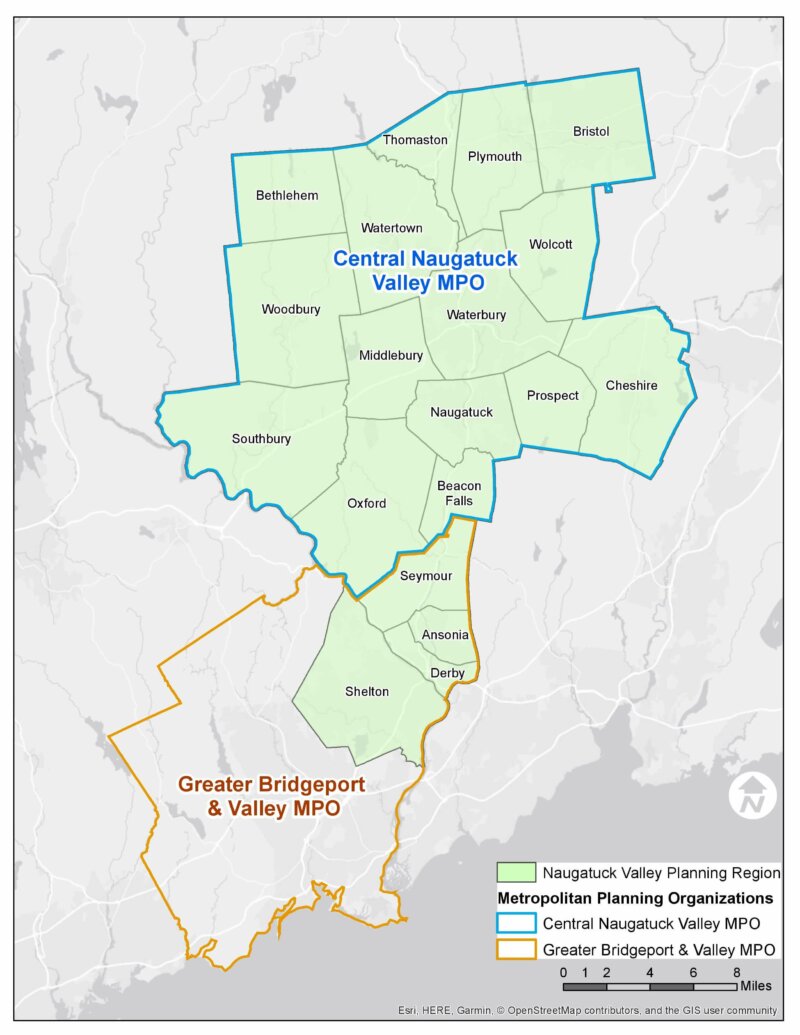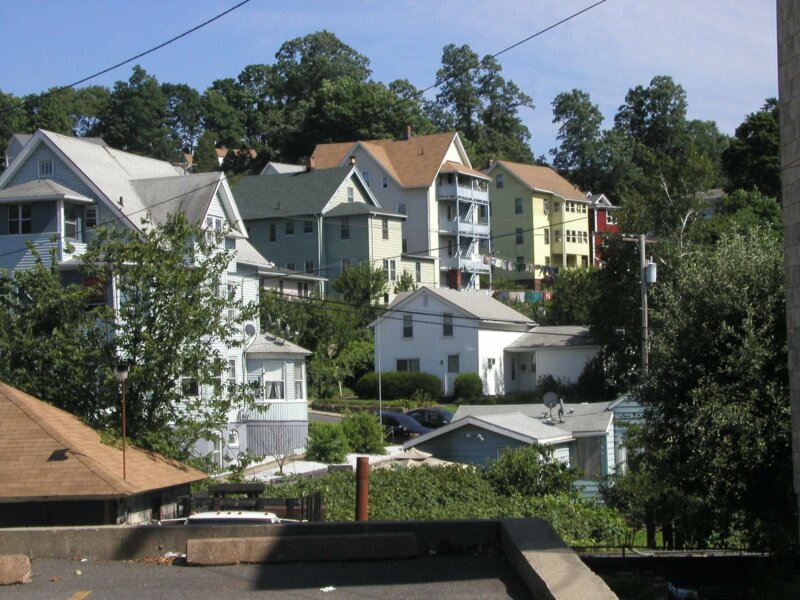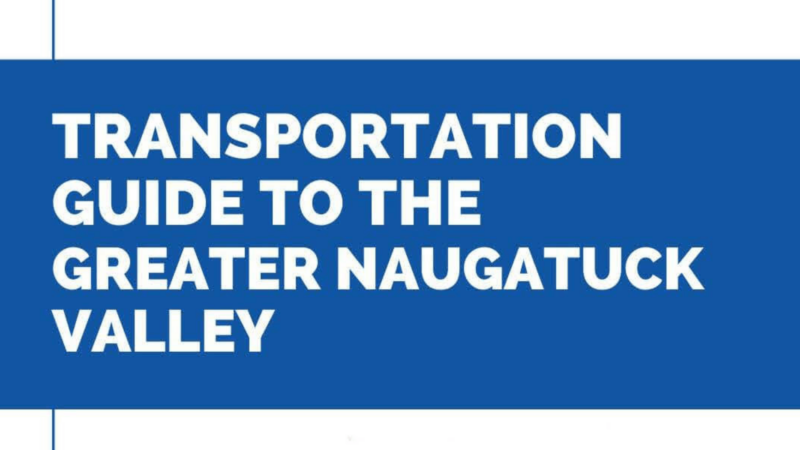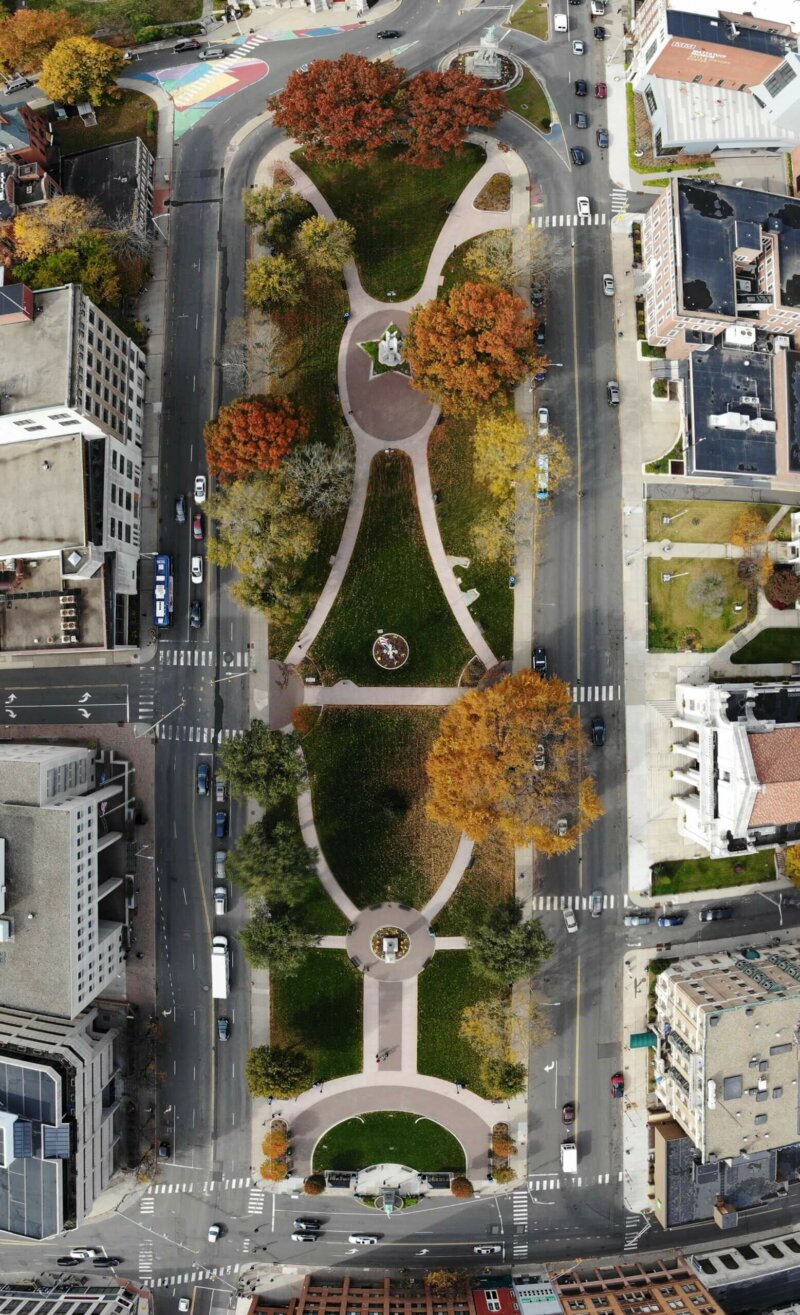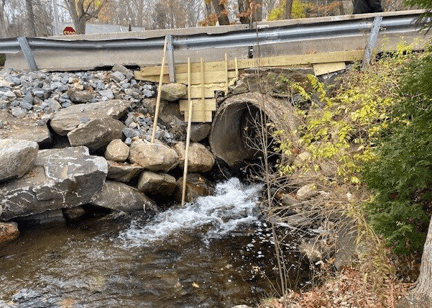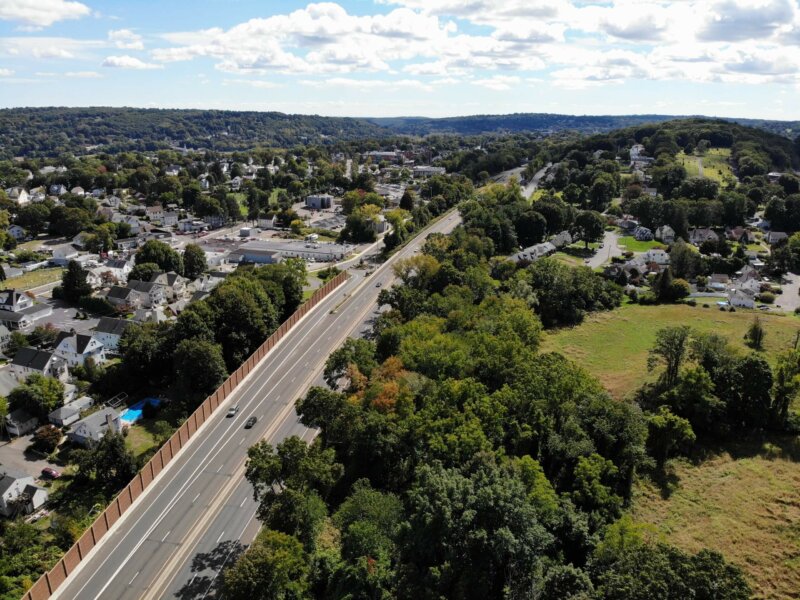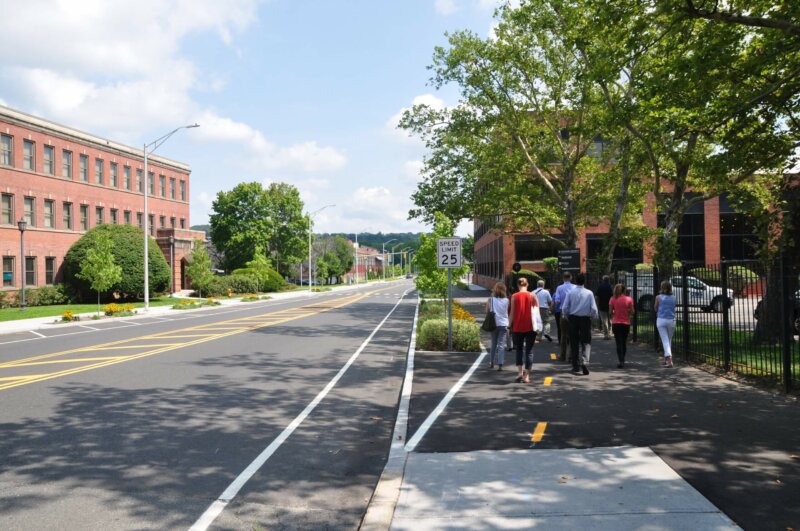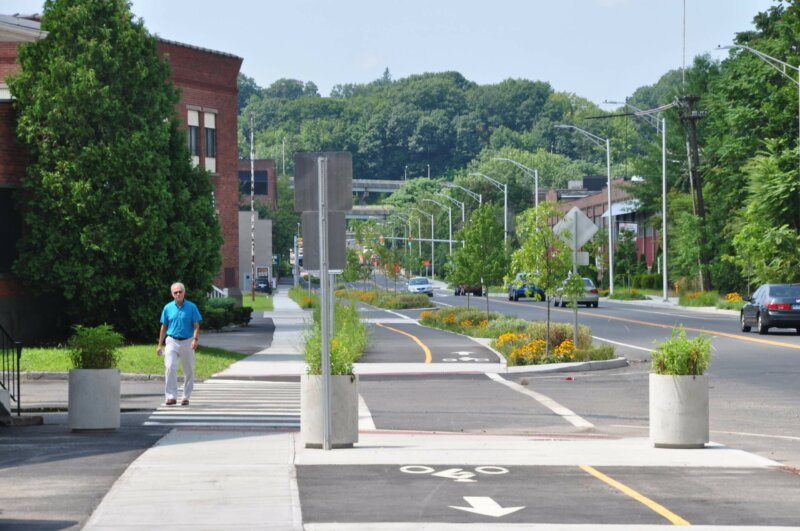The NVCOG creates Housing Needs Assessments (HNA) to assist its member municipalities in better understanding their housing stock by estimating housing gaps and surpluses and household cost burden.
2025-2028 TIP/STIP
The Transportation Improvement Program is the most important way that local elected officials set the direction of federal transportation spending. The next TIP, which covers federal fiscal years 2025-2028 will begin on October 1st, 2024, and is currently available for the public to review and comment before the MPO boards act to endorse them.
Regional Housing Profile
Statutory Land Use Referrals
Transportation Guide to the Greater Naugatuck Valley Region
Regional Open Space Inventory
Regional Flood Resilience
CT DEEP’s Climate Resilience Fund awarded NVCOG a grant to develop and advance culvert replacement and drainage system improvement projects in nine municipalities. This regional effort aims to reduce stormwater flooding, repair infrastructure, and incorporate elements of LID. Deliverables will include a preliminary designs and draft grant applications for federal implementation funding.


